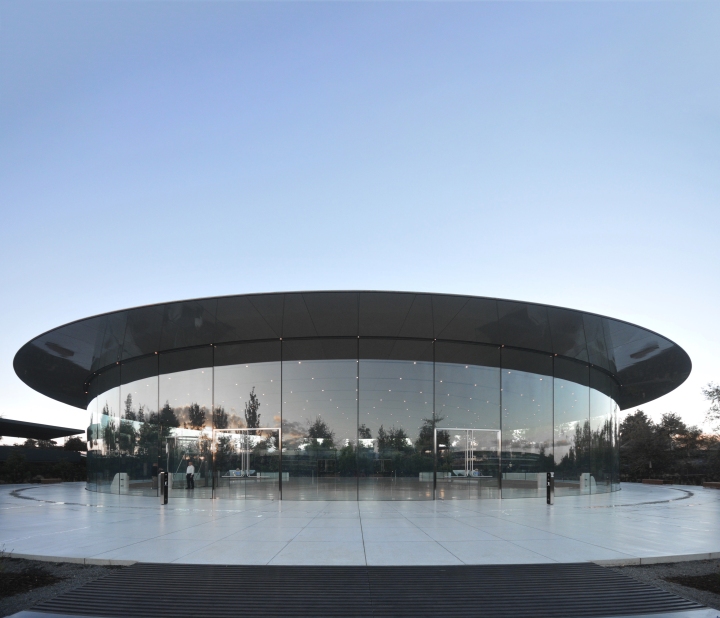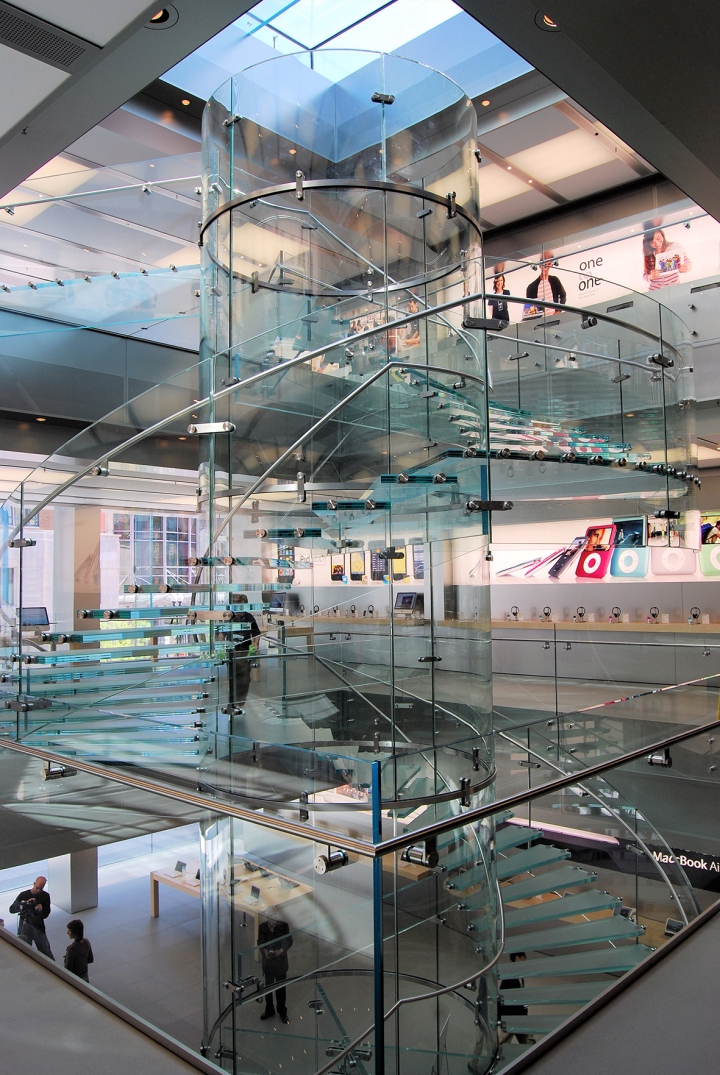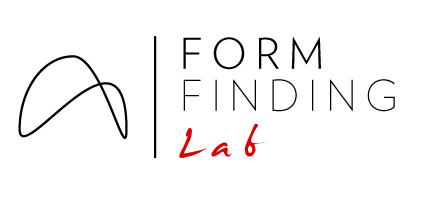
Founding Director of the firm Eckersley O’Callaghan, James is acknowledged as an authority on the structural use of glass. He is perhaps best known for his innovative glass stairs, bridges, facades and other structural elements in a range of Apple’s flagship retail stores including Tokyo, Sydney, Shanghai, Hong Kong, New York and London.
Demi Fang: What is something you are currently working on that excites you?
James O’Callaghan: Thankfully most of our work excites me. There are challenges in all projects we take on and it’s important to me that we seek out those challenges and make the most of them. A lot of our work is bound by confidentiality agreements and therefore not many are ones we can speak about, but we are very excited about the work we are doing in the US right now with some major tech clients.

DF: Who inspires you and your work?
JOC: Inspiration comes from many places and people. I would say that the greatest inspiration comes from nature given that it has had a lot longer to refine the structures it has evolved. In the world of engineering, I am constantly amazed by the work of other structural engineers such as Schlaich(s), Knippers, Ney, and Dieste (past).

DF: Describe the collaborations in your work. What do you think makes for successful collaborations? In what ways do you blend the technical and creative aspects of your work?
JOC: We are fortunate to work in an environment where collaboration is at the heart of our culture and interest. We go to work to collaborate because it is working with others that brings the best out in anyone. Typically as a cog in the design team engine we have a duty to share our ideas about any particular design challenge in a coherent way, which may include everything from a discussion to a well-crafted presentation. The feedback to this exchange is the most important part of these exchanges because that is how we take things forward iteratively to the best solution we can all mutually find within the parameters set. Successful collaborations are those where all parties are open to ideas, where the key people involved are keen to fully explore ideas and are not fixed in their minds with a decision before the exchange has started.

DF: What methods do you use to fuel creativity? How do you work?
JOC: I find that creativity is best fueled by an environment of smart people and interesting projects. The combination of the right balance of these two ingredients keeps everyone interested, but it’s important that projects get built. Nothing inspires engineers more than seeing their ideas become reality, so it can’t just be a theoretical exercise; bricks and mortar remain as relevant to inspiration as ever.

DF: What are currently the most pressing, interesting technical challenges that you tackle in your work, at present or in the future?
JOC: Within our work with building envelopes, including glass, there has been a significant shift in the performance required and expected relative to energy. These performance requirements have outstripped the technology and innovation in the field to deal with it adequately while enabling us to remain having the transparency we crave from glass envelopes. So, in summary, everything around this subject and how to address it in design, engineering and research is where we are most vexed currently.

DF: What excites you about the future in your field?
JOC: Engineering is an exciting field; it is full of clever people always looking to improve the way in which something is designed and built. Therefore as an engineer I, too, am always looking for the next step in the engineering we have developed to date such that it can be improved upon for the next project. Our work with Apple has been a story of engineering development over many projects over a long period of time, but their success has been the iterative improvement of embracing the innovations developed from project to project. I am excited how this will unfold in future projects.
DF:What advice would you give to your past self or to today’s students?
JOC: I am lucky enough to be a visiting professor at TU Delft in the Netherlands and so I get to speak to students a great deal. My advice has always been that they should never stop being curious and should never be concerned about expressing any ideas they have. Ideas are often fragile, it is important that they see the light of day because it is in those ideas that innovation and progress exist. The younger mind is a more fertile place and as such I encourage any student or young engineer to embrace this fact and speak out with their thoughts and ideas.
DF: What question have you not been asked that you would like to answer? What is your response?
JOC: Do you think engineering is becoming a commodified service? Unfortunately, I have increasingly seen this approach to the use of engineering services as such. There seems to be less perceived value in the creativity and skill the engineer could bring and more on how cheaply they can provide a service and ultimately their insurance details. The very fact that you are there in the process to add value in the best design possible is being marginalised, which is not an encouraging backdrop to being able to offer the very best of your skills as an engineer. Engineering may be cheap shot in many’s eyes… but engineers really should be better rewarded for what they can do, not necessarily what they do.
This interview originally appeared in the proceedings for IASS 2018 at which the interviewee was a keynote speaker. These interviews make their first appearance online in this co-published series between this blog and the Digital Structures blog with the aim of inspiring a broader audience with the thoughts and insights of these outstanding individuals. Stay tuned on both blogs for more!

